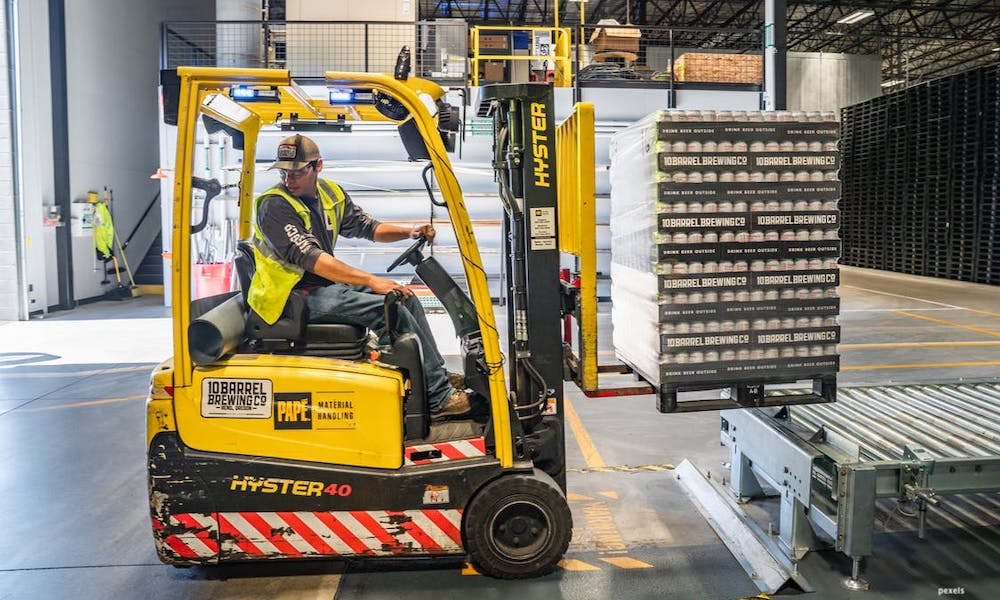Management
How Can A Pallet Racking System Help Your Warehouse In Australia?

Pallet racking is a storage system designed to put pallets of goods onto racking, and it is often used in conjunction with a forklift truck to move the pallets around. It has commonly been in use since the Second World War, but you may be wondering how can a pallet racking system help your warehouse in Australia?
Producing A Master Plan
The first thing to do is to measure your warehouse and produce a master plan of how the racking will be installed. For your warehouse to work efficiently, you need to consider if there will be any odd shaped items stored that might need a bit more room. You need to allow room at the top of each bay to facilitate movement of goods in and out without causing any damage. Usually, about 15cm clearance is needed at the top and 25cm – 30cm on the width. For racking over 6m high, the top clearance has to be at least 100mm.
Australia has rules and regulation relating to warehouse racking systems, so you need to ensure that yours will comply with the standards laid down in Steel Storage Racking AS4084-2012.
Learn The Basic Rules Of Pallet Racking
When you are planning your pallet racking, there are a few things you need to be aware of:
- You need to consider the weight of the goods to be stored. If the beams holding the racks have been rated for 2-tonnes, it is recommended that loads about 25% below this are stored on them. This is to allow for the shock factor of the good being put onto the racks.
- The manoeuvre rule says that there should be enough clearance between the goods and the beams, but also enough for room between the racks for a forklift to move about safely.
- If you are intending to have larger than average bays, you will need to leave sufficient space between uprights to place or remove pallets.
This might all sound very confusing, so the Global Industrial plan for your pallet racking is worth a read.
Is Drive-In Or Drive Through Suitable?
The difference between drive-in and drive-through pallet racking is simply that drive-in has just one entrance and exit, and drive-through has two. Which is used often depends on the amount of available space, but if drive-in is used it is more important to have the goods stacked in some sort of specific order.
Using drive-in or drive-through allows a maximum use of floor space and high-density pallet storage. They are ideal for large amounts of similar loads in small areas, and although selectivity is sacrificed, the storage facility is enhanced because many pallets are available from one position.
Keeping Your Pallet Racking System Safe
Your whole pallet racking system needs checking at least once a year by a qualified inspector who understands the design and knows the safety standards. In the meantime, if there are any loose components or damage is caused to the racking, repairs should be carried out immediately or the racking should not be used.
As an employer, it is important to convey to your workers that under no circumstances should they step on the racking. It is not designed to be stepped or climbed on, and serious injuries can result from such actions.
Do not overload the racks, and if any pallets become damaged, discard them. You may think you will save some money by continuing to use a pallet that is damaged, but they can cause harm that becomes expensive in a very short time.
The aisles and the end of aisles should never be obstructed. If this happens, it can result in serious injury or even death.
Your Warehouse In Australia
Once you have planned your pallet racking, followed the rules, and complied with all health and safety standards, you will find that this system of racking if one of the most cost-effective and efficient for your warehouse in Australia. This is why it is used in warehouses and other storage facilities, such as shop stockrooms and factory storerooms. It is one of the most popular ways of storing goods and it could be the best solution for your warehouse in Australia.




